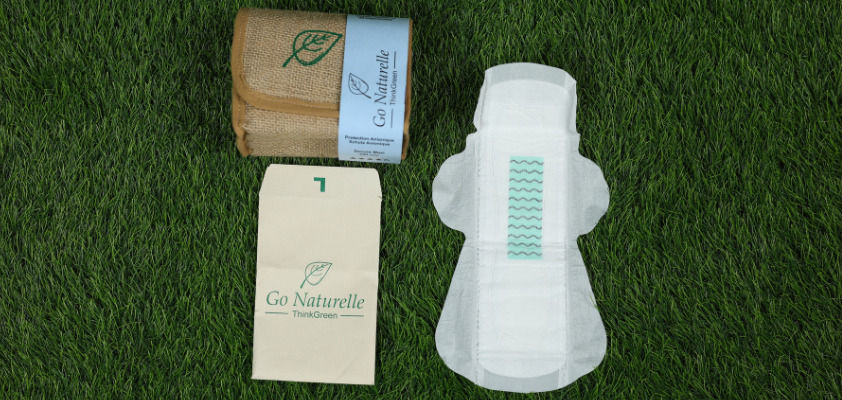History of Menstrual Products: Old Practices to Modern Napkins
In women's health and hygiene journey, the evolution of menstrual products stands as a testament
to innovation, resilience, and a deeper understanding of the female body. From ancient practices
that ranged from the ingenious to the peculiar, we have come a long way to the modern era of convenience
and comfort. In this blog, we embark on a fascinating exploration of the evolution of menstrual products,
tracing their development through time and cultural shifts.
Ancient Ingenuity
Egyptian Papyrus and Wool (15th Century BCE)
In ancient Egypt, women used softened papyrus and wool as absorbent materials. The resourcefulness displayed in
these early practices laid the groundwork for future innovations.
Roman Wool Tampons (5th Century BCE)
Roman women used wool tampons, demonstrating an early understanding of the need for absorbent materials.
These tampons were not dissimilar to some modern-day counterparts.
Middle Ages to Renaissance
Moss, Grass, and Animal Skins (Middle Ages)
As we move into the Middle Ages, women turned to locally available materials like moss, grass, and animal skins as makeshift
menstrual products. Practicality and resourcefulness were essential during this era
The Renaissance and Cloth Pads (15th-17th Centuries)
The Renaissance saw the rise of washable cloth pads secured with belts. This marked a departure from disposable
materials, reflecting a move towards products that could be reused.
Industrial Revolution and Commercialization
Cellulose and the First Commercial Pads (late 19th Century)
The late 19th Century brought about a significant shift with the advent of commercial menstrual pads. Cellulose, derived from wood pulp,
was a key ingredient, making these pads more effective and accessible.
Belted Sanitary Napkins (early 20th Century)
Sanitary napkins with attached belts became popular, providing a more secure and comfortable fit. This era marked a crucial
step in commercializing and standardizing menstrual products.
Post-World War II to the Present
Introduction of Adhesive Strips (1970s)
The 1970s witnessed a game-changer with the introduction of adhesive strips, eliminating the need for belts and enhancing the
ease of use. This innovation significantly improved the user experience
Super Absorbency and Wings (1980s-1990s)
Materials advancement led to the creation of super-absorbent polymers,increasing the effectiveness of sanitary napkins.
Additionally, the introduction of wings provided extra protection against leaks..
Eco-Friendly Alternatives (21st Century)
In recent years, there has been a growing awareness of the environmental impact of disposable menstrual products.
This has led to the rise of eco-friendly alternatives like reusable cloth pads and menstrual cups.
Go Naturelle menstrual products for women's growing demands.
The evolution of menstrual products from ancient times to the present day is a testament to
our progress in understanding and catering to the needs of women. From humble beginnings with
papyrus and wool to the convenience of modern sanitary napkins, this journey reflects technological
advancements and societal attitudes toward women's health and hygiene. As we celebrate the strides
made, it's essential to continue exploring innovations that prioritize sustainability, accessibility,
and the well-being of women worldwide. The evolution continues, promising a future where menstrual products
adapt to the changing needs of women, embracing inclusivity and environmental responsibility.

